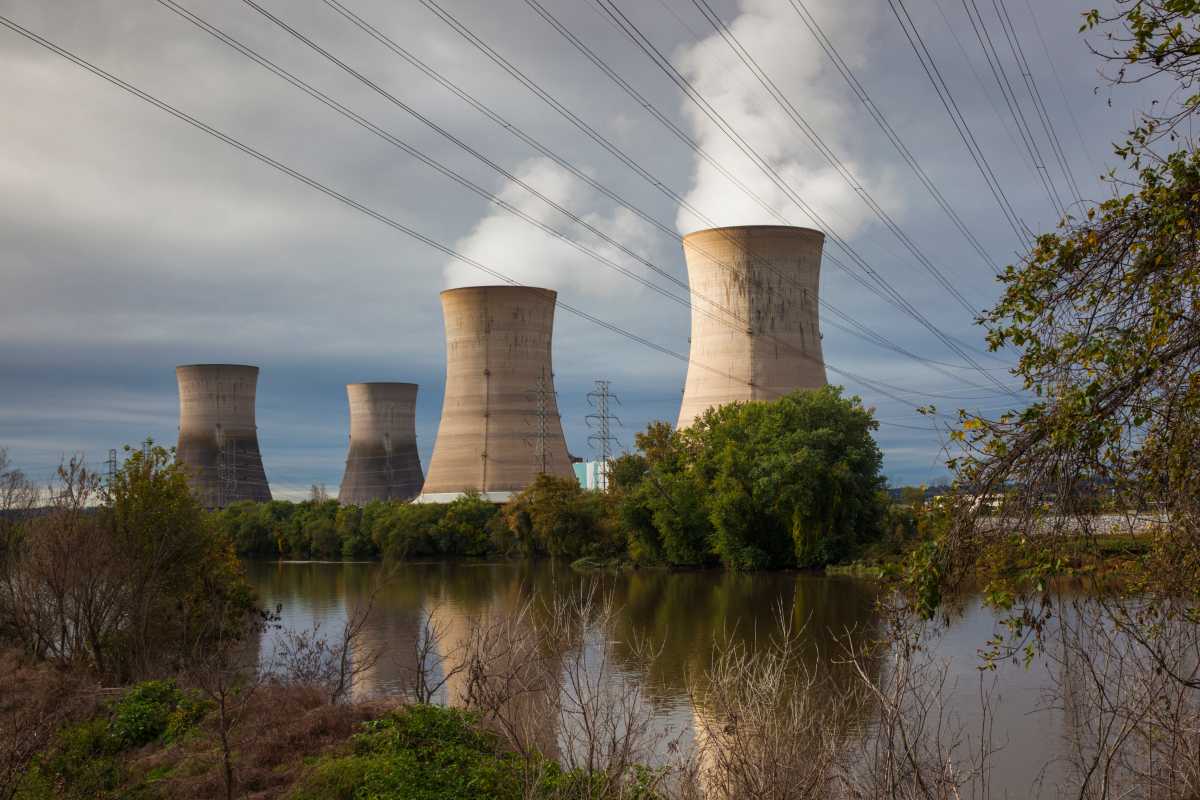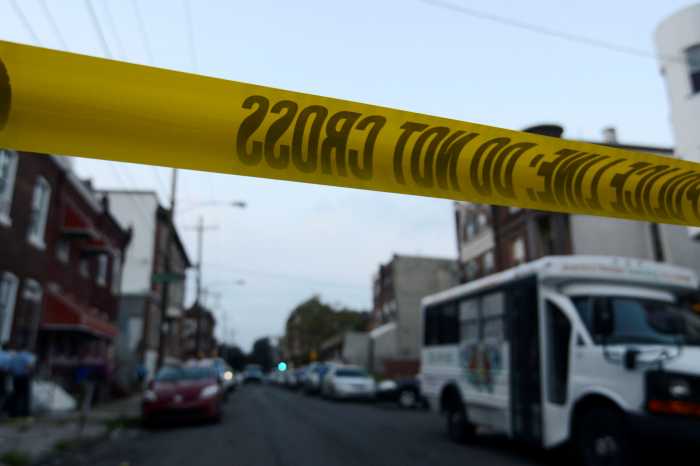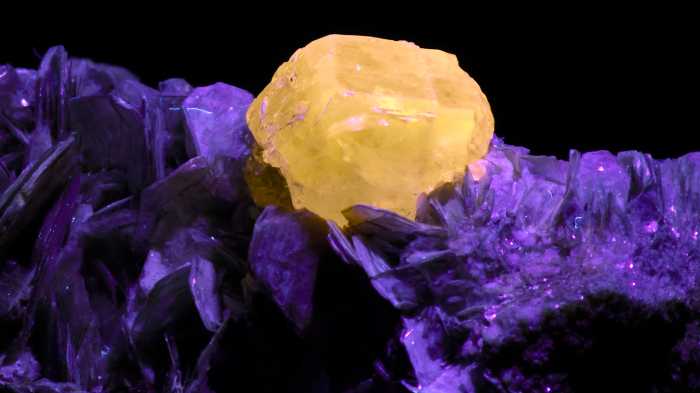Three Mile Island, the site of the worst commercial nuclear accident in American history, is slated to reopen in 2028. In late-September, Microsoft and Constellation Energy struck a deal to bring the plant back online to power their data centers. Many tech giants throughout the country have looked for alternatives to fossil fuels to power the next generation of their infrastructure — Amazon and Google have rolled out plans to invest in Small Modular Reactors and Meta has been attempting to find their own nuclear energy source.
What does the potential reopening of Three Mile Island mean for Pennsylvanians?
Rep. Tom Mehaffie, co-chair of the PA Nuclear Energy Caucus, has played a crucial role in the reopening of the infamous nuclear power plant. In late-October Mehaffie penned an op-ed for Broad + Liberty titled: “I fought to prevent Three Mile Island from closing; now I’m celebrating its rebirth.”
Mehaffie told Metro that the closing of the nuclear facility had a drastic economic impact on Dauphin County, which he represents and where Three Mile Island resides.
“Exelon owned Three Mile Island before it switched over to Constellation. They made the decision to close the plant that affected our tax base, county, state, and local,” Mehaffie explained.
The deal between Constellation and Microsoft is specifically to reopen TMI Unit 1, which is located adjacent to TMI Unit 2, the reactor that malfunctioned in 1979.

TMI Unit 1 is set to “add approximately 835 megawatts of carbon-free energy to the grid” according to Constellation Energy. Mehaffie explained that “all that power that’s coming out of there is going to be on the grid, and that’s where it’s being bought from Microsoft.”
Pennsylvania’s electrical grid is managed by PJM Interconnection, which is a regional transmission organization that coordinates the movement of wholesale electricity in 13 states as far west as Illinois and as far south as North Carolina.
According to a 2023 PJM report, “PJM is undergoing a major transition in the resources needed to maintain bulk power grid reliability.”
The same report highlights the decline in coal energy over the last decade leaving a need for more energy to be added to the grid. In 2022, “coal-fired resources account(ed) for approximately 89% of retired capacity.” Surprisingly the mention of nuclear energy is mostly absent from PJM’s report aside from one bar graph, including the section that references a 2022 study by the Load Analysis Subcommittee which “began a review of data center (energy) load growth and identified growth rates over 300% in some instances.”
Mehaffie said: “Grid reliability is paramount… Most people take for granted that when you flip your light switch, your lights go on. That’s not the case if we don’t do something. PJM, who represents 13 states and the District of Columbia, they control the sale and purchasing of power, has already said within five years we’re going to have great problems.”
A representative from PJM told Metro that Three Mile Island is yet to apply to connect to the grid, noting that they are “18 months away.”
Susan Buehler, PJM’s Chief Communications Officer, said “PJM was glad to see the planned repowering of TMI Unit 1. Adding megawatts to the grid during this period of tightening supply/demand conditions will help reliability of the system.”
Eric Epstein, a representative for Three Mile Alert — a civilian-led anti-nuclear watchdog group founded in 1977 — explained why he’s against the reopening of Three Mile Island.
“They’ve got water issues, they’ve got worker issues, they’ve got waste issues and you have a plant conceived in the 60’s that came online in 1974, the same year that the Pinto came online. So why are we spending this kind of money on an outdated technology, which by their own admission, is an antique,” Epstein exclaimed.
In relation to nuclear waste specifically, Mehaffie explains: “For those that get a little bit squeamish about, ‘What are you going to do with the waste that comes out of there?’ — as far as the spent fuel rods — everything is stored on site and it’s stored in safe storage… safe storage is paramount.”
How America will dispose of its nuclear waste is still an unsolved conundrum. According to a 2023 report from the US Government Accountabilities Office, “the Department of Energy is responsible for disposing of this high-level waste in a permanent geologic repository, but has yet to build such a facility because policymakers have been at an impasse over what to do with this spent fuel since 2010.”
Although Constellation Energy and Microsoft have struck a deal and legislatures are on board to turn Three Mile Island back on, there are still many hurdles ahead for them to clear in order to meet their goal of reopening in 2028.





























